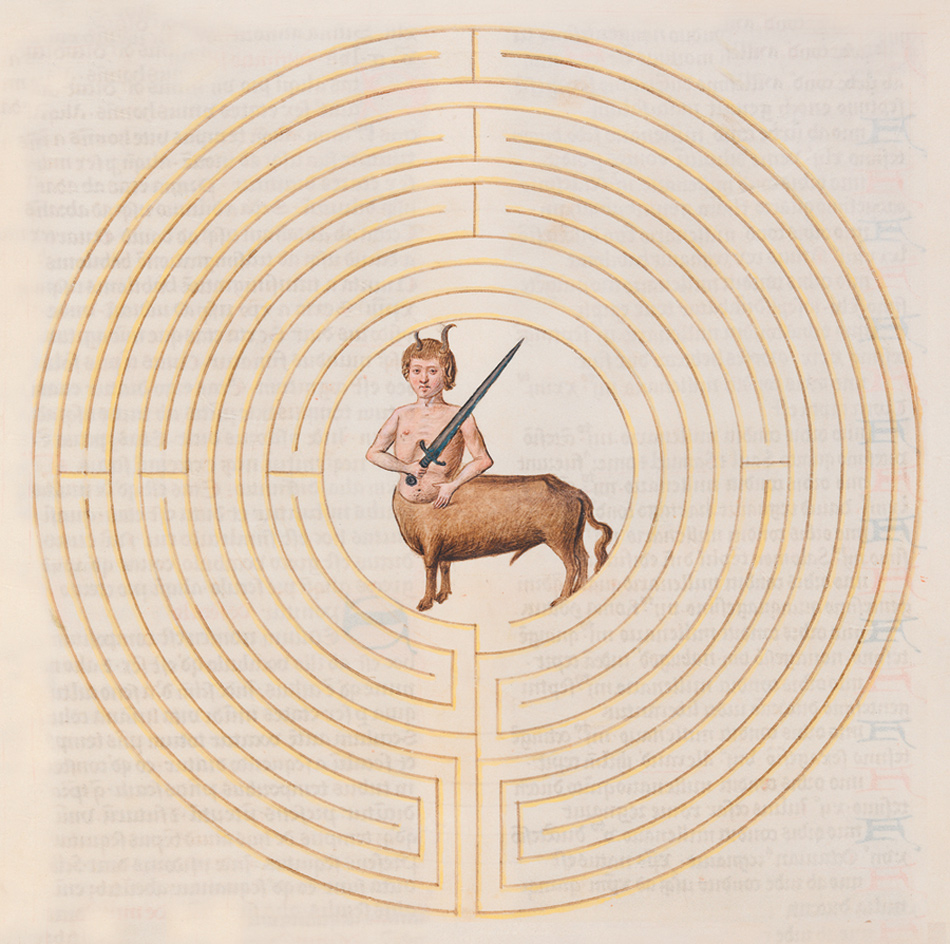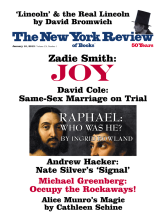In response to:
Is There a Jewish Gene? from the December 6, 2012 issue
To the Editors:
While written in a spirit of generosity, Richard Lewontin misreads The Genealogical Science in his recent review [“Is There a Jewish Gene?,” NYR, December 6, 2012]. I am not a “biological determinist” who believes that genetic data tell us something fundamental about our authentic historical selves. Quite the opposite: the book critically explores how and why that assumption has become scientifically and socially felicitous today and it does so from the perspective of past and present practices of biological self-definition among Jewish communities.
The book provides a detailed analysis of the relationships among this contemporary biological imaginary and those of biological sciences of decades past. In the here and now, I argue, genetic history’s specific style of reasoning permits us to attribute a historical truth to biological data and yet, simultaneously, to distance ourselves from the histories of violence and genocide that haunt the legacy of race science.
But the book does more than specify shifting scientific epistemologies; it examines the cultural and political contexts within which those epistemologies emerged and it tracks their effects. I explore the ways in which race science informed modern Jewish nationalism. I ask: What insights might the perspective of research and debates in Israeli population genetics lend to our understandings of the struggles over national membership in the newly founded Jewish state, especially vis-à-vis the state’s “oriental” Jewish and Palestinian citizens? And I analyze the effects of that now longstanding, albeit scientifically rearticulated and contested biological imaginary for the ways in which (some) contemporary Jewish communities and individuals engage their Jewishness.
The Genealogical Science is a critical reading of the kind of scientific work recounted in Harry Ostrer’s book, which Lewontin reviews together with mine, and it is a critical exploration of the circulation of such biological understandings of the Jewish self in the public domain, through genetic ancestry testing companies, popular accounts and public arguments, and cultural and political projects (for example, Jewish missionary projects that seek to bring so-called “lost Jews” or “lost tribes” “back” into the Jewish world and, at times, to “return” them to Israel and the Occupied Territories as Jews). In short, I share Lewontin’s skepticism regarding the common assumption that genetic data can tell us who we really are.
Nadia Abu El-Haj
Professor
Anthropology and Center for the Study of Race and Ethnicity
Barnard College and Columbia University
New York City
Richard Lewontin replies:
I certainly agree that Nadia Abu El-Haj is not to be characterized as a “biological determinist” in the usual sense, nor do I identify her as such in my review. She is far too sophisticated and subtle in her understanding to fall into that error. We need some much more nuanced characterization to sum up her views (perhaps “biological originist”).
In my review I quoted her text, in which she writes that “fundamental aspects of who one is are determined by one’s past” and that “who we really are collectively and individually is given by and legible in biological data.” Again I quoted her text, in which she does assert that whether or not we choose to act on the information in those data about who we “really are” is voluntary and “the choice to learn about myself, to remain who I am or to realign my sense of self vis-à-vis new revealed bodily facts about who I have always already been, remains mine to make” (my emphasis). Her biological determinism, to the extent that it exists, is not a description of her manifest persona, but of an underlying aspect of her nature that may or may not be acted upon.
Several letters have pointed out errors in my references to the use of RNA found in ribosomes and mitochondria to trace female ancestral lines. The standard method at present is to use so-called mitochondrial DNA, as the mitochondria are essentially excluded from the mature sperm and are thus inherited only through the female line. The paragraph that introduced this mistake should read:
The other exception to random inheritance is not in the chromosomes, but in the DNA of cellular organelles called mitochondria. Although the cells of both sexes generally contain mitochondria, these organelles are excluded from the bodies of mature sperm and so are never passed into the fertilized egg, which has its own maternally derived mitochondria. Our mitochondria, then, provide us, both male and female, with a record of our maternal ancestry, uncontaminated by their male partners.
The three subsequent references in the article to “mitochondrial RNA” should instead read “mitochondrial DNA.” These corrections have been made in the Web version of the article at nybooks.test. I regret any confusion caused by this slip.
This Issue
January 10, 2013
Joy
Occupy the Rockaways!
How He Got It Right




